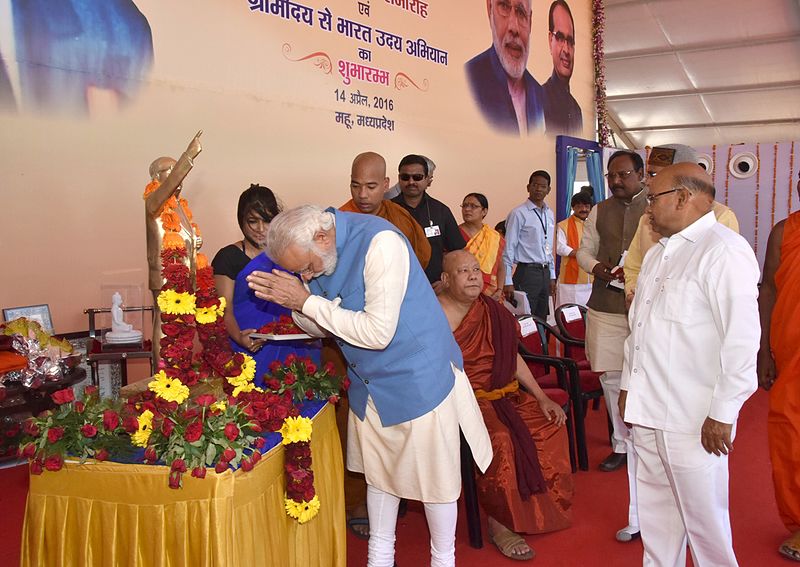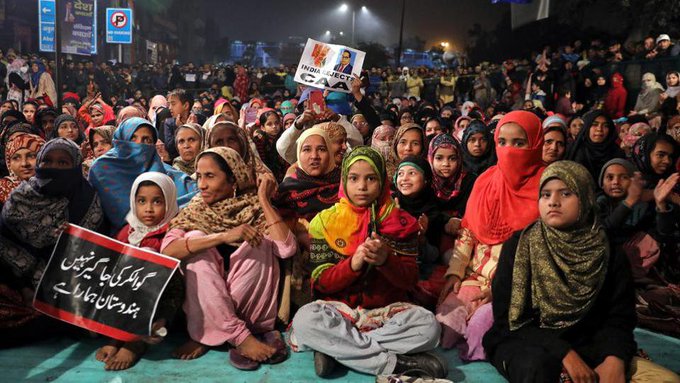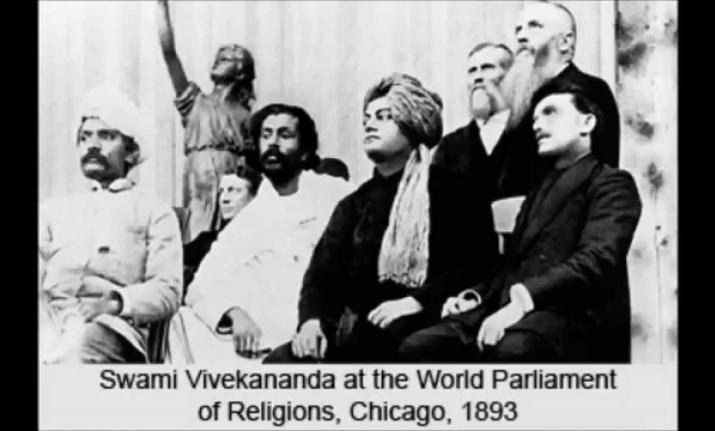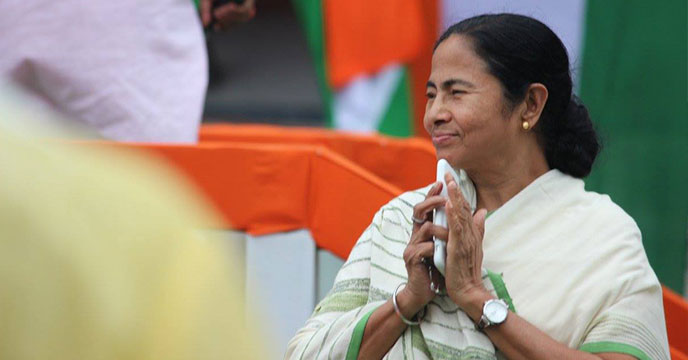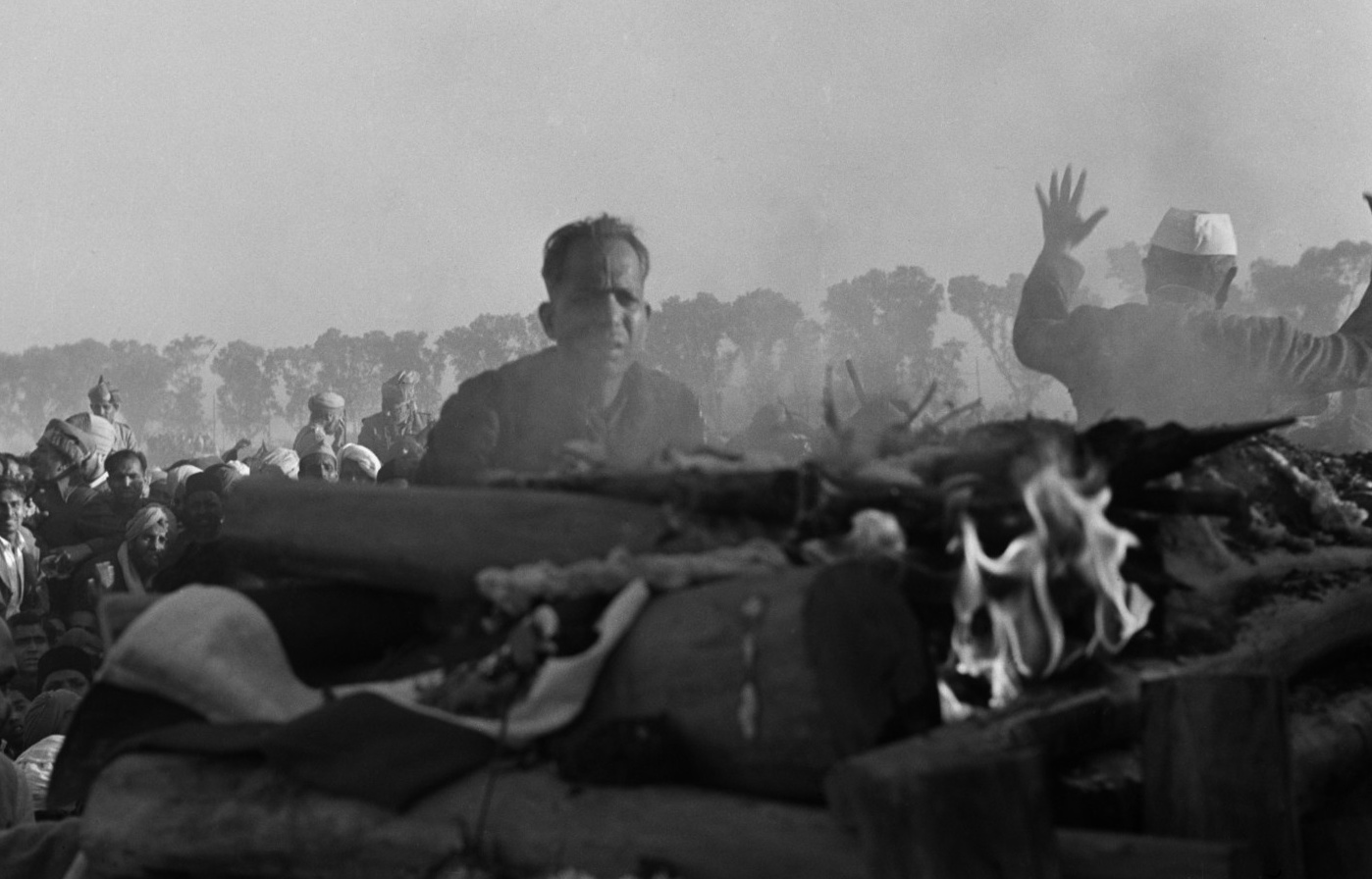

[dropcap]H[/dropcap]ere is yet another January 30. And once again we would see the entire team of politicians, Ministers and government officials speaking of Gandhi, uttering lofty words, and with the usual ritualization reinforcing the fetish of ‘official’ Gandhi-Gandhi as a ‘saint’, a statue, a ‘statistic symbol’ completely separated from the real/living world or the ethnography of everyday life. Once we situate Gandhi in a mere official decorum (from a special discount on khadi products to a token visit to Rajghat), it becomes easier for us to kill the spirit of our own intimate Gandhi. It is like destroying the river, yet worshiping it!
Is it possible to rescue Gandhi from being reduced into a mere official icon? We believe that it has to be made possible. No, we need not worship Gandhi; we need to engage with the real/living/humane Gandhi; we need to argue with him, learn from him, rediscover him, and at times, interrogate him. How do we do that?

To begin with, see the vulnerable Gandhi- not a reified Mahatma. With his ‘experiments’ ‘failures’ and ‘confessions’ Mohandas tried to evolve till the last moment of his life. He too was not free from desire; he too lost his temper, and was not necessarily always nice to Kasturba. And it is possible to say that his engagement with Bhagat Singh, Mr. Subhash Chandra Bose and Dr. B.R.Ambedkar was problematic and subject to conflicting interpretations. Likewise, the doctrine of ahimsa Gandhi was known for, one can say, often failed. And possibly, in the turbulent years of 1946-47, he was realizing that people around him-Hindus, Muslims and Sikhs-were not oriented to ahimsa or satyagraha as a mode of resistence. A sense of disenchantment did affect him. No, Gandhi was not God. Gandhi was not a ‘successful product’. Instead, contradictions, failures and ambiguities characterized him -the way you and I too are just humane and vulnerable.

Yet, Gandhi dared to stand up whenever he failed. It was this urge that took him to Noakhali, Bihar and Kolkata when the subcontinent was passing through terrible darkness. In a way, he loved to work for the ‘impossible’-say, transforming the murky domain of politics into a field of sadhana, imagining a kind of world beyond the brute force that characterizes modernity-its colonial aggression, its militarism and its techno-scientific gospel of ‘unlimited progress’, and seeing the essential unity of all faiths.
Tagore, despite some disagreement on the issue of swadeshi and non-cooperation, could understand and appreciate the essential spirit of Gandhi. Nehru, despite his close association with Gandhi, did not always understand him; possibly, Nehru’s ‘modernity’ ( a blend of science and Fabian socialism, and centralized state and industrial progress) was not in conformity with the Gandhian spirit of swaraj– its decentralized economy, convivial tools and communitarian ethos. Likewise, Jinnah with his ‘two- nation theory’ was not at ease with Gandhi’s dream of unity.
And of course, the ideology that nurtured Nathuram Godse loathed Gandhi. The discourse of militant Hindu nationalism (further activated as the traumatic Partition became inevitable), because of its inherent hyper-masculine/militaristic notion of power, and intense hostility to the Muslims, saw Gandhi as its primary enemy. In a way, Gandhi’s assassination was rooted in the very logic of history.
From 1948 to 2019 -India has changed dramatically. And when the unholy alliance of Hindu nationalism and neoliberal global capitalism characterizes the ruling regime, we love to kill Gandhi–always, and at every occasion. We kill him when we promote mob lynching and cow vigilantism. We kill him when in lavish malls-the magical space of global capitalism, we engage in the never-ending process of conspicuous consumption. We kill him when we celebrate the militarization of the consciousness, and cherish the cult of violence. We kill him when the aggression implicit in the mega projects of ‘development’ destroys rivers and forests, and displaces the adivasis and farmers. And we kill him when some of our MLAs and MPs allow themselves to be bought and sold.
The fact that we love to kill him is the reason why we ‘worship’ him, and reduce him into a mere symbol. Hence, you need not be surprised if the supporters of Godse visit Rajghat, and ‘praise’ the ‘Mahatma’. But what about the ‘radicals’-the team of Marxists, feminists and Ambedkarites? Yes, they too disliked him, debunked him, hated him, and spoke harsh words against him. A ‘bourgeois’ Gandhi, a ‘patriarchal’ Gandhi, a ‘casteist’ Gandhi, a ‘sexist’ Gandhi, an ‘impractical’ Gandhi, a ‘non-progressive’ Gandhi–our radicals used a spectrum of negative connotations to laugh at him–this strange ‘bania’ with the Bhagavadgita and the Sermon on the Mount expecting the rich to act as ‘trustees’!
Hindu nationalism and neoliberal global capitalism characterizes the ruling regime, we love to kill Gandhi -always, and at every occasion. We kill him when we promote mob lynching and cow vigilantism. We kill him when in lavish malls-the magical space of global capitalism, we engage in the never-ending process of conspicuous consumption. We kill him when we celebrate the militarization of the consciousness, and cherish the cult of violence. We kill him when the aggression implicit in the mega projects of ‘development’ destroys rivers and forests, and displaces the adivasis and farmers.
Indeed, we found ourselves amid ‘official’ Gandhi and ‘condemned’ Gandhi. It was really tragic.
Yet, we have to regain Gandhi. In a violent world that reduces religion into a doctrine of the mass psychology of hatred, in a techno-capitalist world that generates all sorts of environmental risks, in a toxic ‘global village’ that cherishes the spectacle of ‘carpet bombing’ as well as the nihilism of ‘suicide bombers’, and in a seductive culture of consumerism that causes irresistible temptations for all sorts of artificial needs, we need to converse with Gandhi, reflect on austerity and egalitarianism, and move towards a society that values satyagraha and the therapeutic power of prayers.
There is no escape from the intimate Gandhi.



